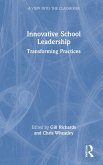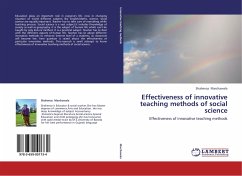Schools are described as social systems whose primary organizational features are closely interrelated. Methods for coordinating these features are presented so schools can restructure their bureaucratic orientation. The interrelated nature of a school's various subsystems is highlighted to point out how they can be coordinated so genuine restructuring can be achieved and maintained. Each model of organization in a school-bureaucratic, systems, and communal-displays its own distinguishing characteristics, and each one governs different aspects of people's behavior in schools. The decisive questions are: which behavioral patterns of the people in the school will be governed by each model, and what will be the relative extent to which each model influences the nature of the relationships and educational processes in the school? Restructured schools emphasize the systems and communal models in their organizational and instructional norms, with bureaucratic norms mainly governing routine administrative procedures, while in traditional schools the bureaucratic model yields decisive influence on curricular structure, classroom teaching models, and staff relations, as well as on administrative features of the school. This book spells out a systems and communal approach to organization, curriculum, and instruction. It describes how to adopt an investigative approach to learning, often with cooperative groups of students, coupled with a trans-disciplinary approach to curricular structure and with a restructured schedule of classes to allow for in-depth study of broad intellectual domains.








